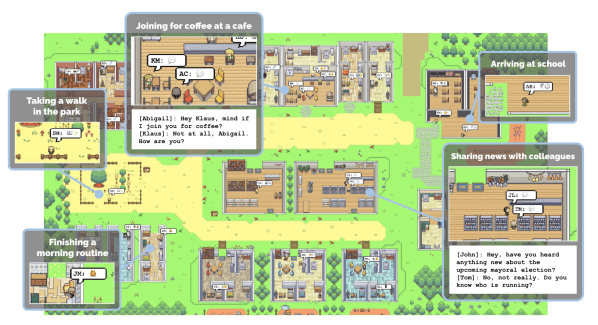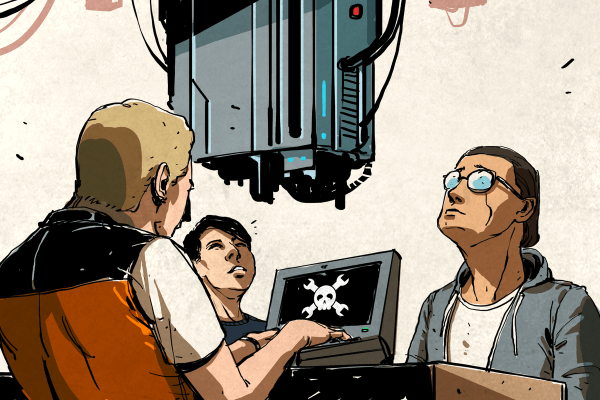As the Internet of Things became a mainstream reality, it raised an interesting point about connectivity. We quickly learned it wasn’t ideal to have every light bulb, toaster, and kettle buzzing away on our main WiFi networks. Nor was it practical to sign up for a cellular data plan for every tracker tag or remote sensor we wanted to use.
To solve this issue, various tech companies have developed their own low-power mesh networking solutions. Amazon’s Sidewalk network is one of the widest spread in the US. Now, it’s opening it up for wider use beyond its own products, and you can get in on the action.
Continue reading “Your Guide To Using Amazon’s Sidewalk Network For The Internet Of Things”


















